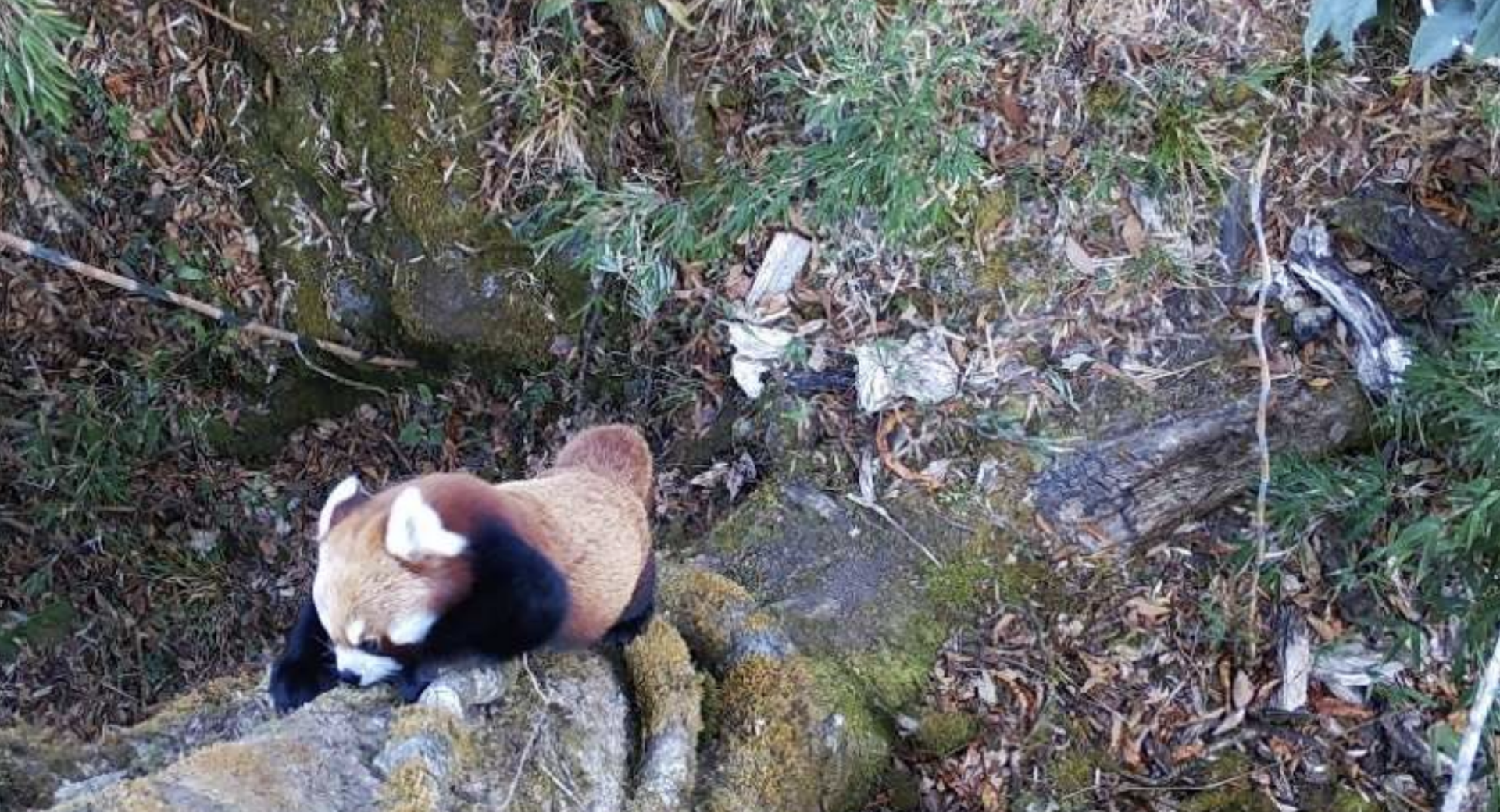
Distribution, and abundance: piloting arboreal camera trapping as a tool for monitoring endangered red panda in temperate forest of Eastern Nepal
Admin
April 30, 2018
Sonam Lama
Thesis, Lincoln University
2018.
I investigated the diversity, abundance and terrestrial activity patterns of medium and large sized wild mammals including a dedicated camera trapping survey for endangered and arboreal red pandas in the non-protected forests of Ilam, Panchthar and Taplejung districts of eastern Nepal. This thesis presents the first camera trap-based inventory of the southern Kangchenjunga region. The mammalian inventory was done during the winter and spring season of 2018 with 107 different camera trap locations (53 in winter and 54 in spring). The dedicated camera trapping survey for red panda camera was conducted in 19 different locations of Ilam and Panchthar districts using a pair of camera traps at each site (one on ground and one in tree canopy). There were 903 photographs (96 from ground camera and 807 from arboreal camera) of red panda from 1,620 camera trap days. Over 3,014 camera trap days there were 93,336 photographs taken (5,176 of wild mammals, 3,621 of birds, 11,692 of people, and livestock, 65,488 of false triggers and 6,061 during camera set ups). 5,177 photographs of medium to large sized mammals were used for the analysis in Camera Base. There were 17 species of medium to large sized wild mammals observed belonging to 4 orders and 12 families. Notable species records from this study were red panda Ailurus fulgens, common leopard Panthera pardus, marbled cat Pardofelis marmorata, Asiatic golden cat Catopuma temminckii, Himalayan serow Capricornis thar, Himalayan goral Naemorhedus goral, Assam macaque Macaca assamensis, Himalayan black bear Ursus thibetanus, and Spotted linsang Prionodon pardicolor. The leopard cat Prinonailurus bengalensis was found to have the most diverse distribution covering temperate to alpine habitat. The Northern red muntjac Muntiacus vaginalis was found to be the most abundant species followed by wild boar Sus scrofa, leopard cat, and red fox Vulpes vulpes. Despite some limitations, camera trapping was found to be effective in monitoring medium to large sized mammals in this study, particularly for red panda. Employing camera trap surveys for similar kinds of studies, and also for the long-term monitoring of mammals in a study area, is recommended for management of wildlife and effective conservation.
